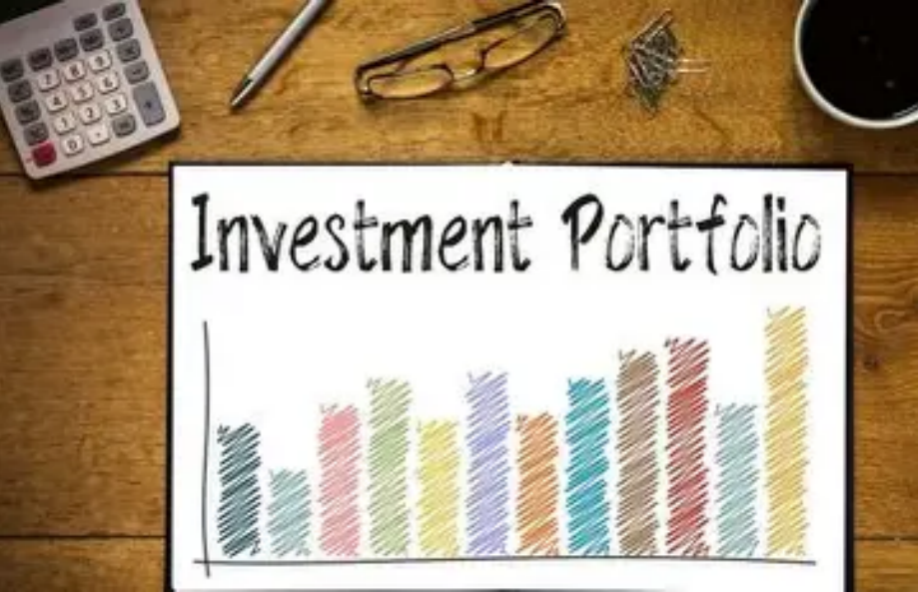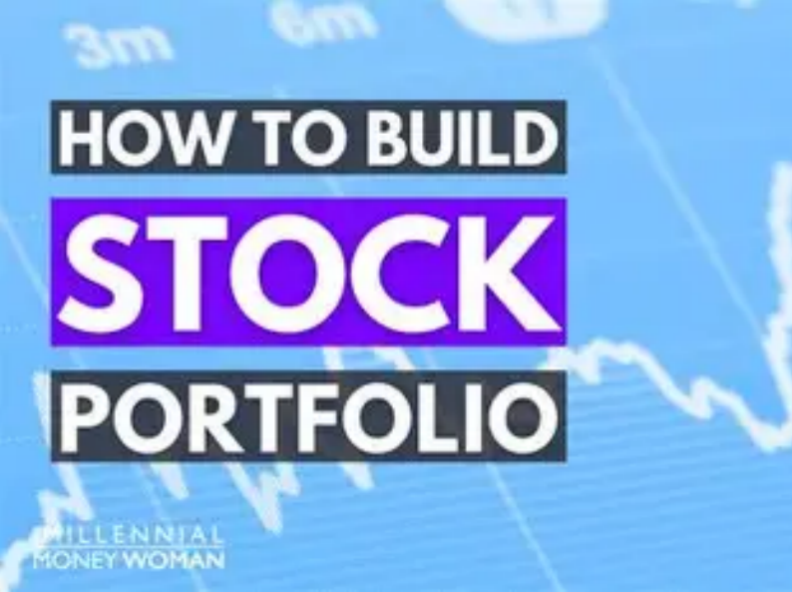For individuals with significant wealth, building an investment portfolio goes beyond merely spreading out investments. It involves creating a set of assets that reflects their long-term goals, comfort with risk, and personal beliefs. Beginning from scratch allows them to develop a plan free from previous decisions, emphasizing value rather than volume.

Define Your "Unconventional Risk Profile"
Avoid basic risk assessments. Creating a portfolio depends on connecting how much risk you can handle with major life situations: a tech entrepreneur may require fast cash for new chances, while a retiree focuses on income that outpaces inflation. Determine your "pain threshold"—the extent of loss you can take before needing to change your lifestyle. If a 20% decline in stocks would necessitate modifications, limit stock investments to 40% and consider adding assets that do not closely follow market trends, such as private credit or farmland.

Curate Core Assets with a Twist
The traditional 60/40 split between stocks and bonds is no longer effective. Instead, consider starting with distinctive assets, such as thematic funds focused on precision medicine or sustainable aviation, rather than using general ETFs. When it comes to fixed income, opt for short-term corporate notes from high-end brands or tech pioneers instead of government bonds, as they typically offer better returns. Additionally, look at dividend aristocrats in luxury retail since their strong brand loyalty helps them weather economic fluctuations.

Layer in Alternatives as Strategic Tools
Alternatives serve to stabilize portfolios beyond mere diversification. You should consider investing 20-30% in assets that have low correlation with the market. Unique items like classic cars and first-edition books combine enjoyment with financial growth. Investing in farmland located in new wine-growing areas provides both income from crops and an increase in property value. When it comes to cryptocurrency, treat a small portion (1-2%) like "venture capital," concentrating on tokens that have real use, steering clear of meme coins. This strategy can protect against inflation while also adding a personal touch to your investments.
Implement Dynamic Rebalancing with Intent
Rebalancing your portfolio shouldn’t be done on a strict timetable. Rather, you should make adjustments when your investments move more than 5% away from their target allocation, or if significant life events (like starting a new business or receiving an inheritance) change your risk appetite. For instance, if the value of tech stocks rises sharply, consider selling some shares to invest in undervalued luxury real estate REITs. Be smart about tax-loss harvesting: use losses from weaker investments to balance out the gains from a successful startup sale, helping to reduce your tax burden. This proactive strategy allows you to make the most of market changes, ensuring your investment portfolio adapts to both market conditions and personal life changes.
The Final Touch: Alignment with Legacy
When creating a portfolio from the ground up, it should encompass more than just monetary objectives. Include impact investments, such as projects in renewable energy or ethical technology startups, that resonate with your principles. These investments can provide financial returns while also establishing a meaningful legacy. For example, backing a sustainable fashion initiative fosters innovation and capitalizes on an emerging market demand. This connection helps ensure that your portfolio is driven by purpose, transforming wealth management into a representation of your priorities.Starting entirely anew offers a unique opportunity. It allows you to develop a financial ecosystem that reflects your goals, risk tolerance, and values—an ecosystem that evolves alongside you instead of limiting you.




